When it comes to photography, I admit that I’m a bit of a technophobe. I enjoy photographing my travels, but can’t seem to get beyond shooting in auto. All those instructions about F-stops and shutter or aperture priority go in one ear and out the other.
When Panasonic UK invited me to a wildlife photography workshop, I was pleased to discover that the Panasonic Lumix GX80 camera has a few functions that help you take better photographs without having to master all those knobs and settings. You can also read my 6 tips for better wildlife photography here.
After trying out the camera during the workshop and back at home, here’s my Panasonic Lumix GX80 review with all the tips and tricks I learned;
This article may contain affiliate links that provide commission on purchases you make at no extra cost to you. As an Amazon Associate I earn from qualifying purchases.
Let’s Start with the camera body
As a travel blogger, camera size is a big deal for me. I travel light and don’t want to carry a big camera around. The micro four-third compact body of the Panasonic Lumix GX80 suits my travel style perfectly.
The Lumix GX80 is smaller than a normal DSLR. Ideal to hold with one hand and tuck into a medium size handbag. It’s reasonably discreet when you whip it out in a restaurant or marketplace.
I liked the slightly textured and retro look of the body with a wider grip at one end. This made it easy to hold one-handed, when juggling a phone and notebook.
Most of all I love that the micro four-third size bodies take a range of interchangeable lenses. You have the flexibility to go wide angle for a hotel interior or zoom for wildlife shots.
Looking at the lens
The Panasonic Lumix GX80 comes with a standard 12-32 lens. This lens is fine for taking landscapes and shots of people and places. The Panasonic lens on this camera is also interchangeable with the Olympus range. This is great as I already have an Olympus wide angle lens, so I can swap them over for my hotel interiors.
When I tried out the Lumix GX80 during our tutorial on wildlife photography I quickly realised that the standard 12-32mm lens would not cut the mustard for wildlife photography. The clue was how quickly the pro-wildlife photographers changed up to big zoom lenses.
So I followed suit and tested out the 45-200 lens which allowed me to get some nice close-ups of animals a few metres away from me. Read my 6 tips for better wildlife photography here.
For those safari shots with animals in the distance I would have needed an even bigger zoom lens. My travel photography tends to be a complete mixture of landscapes, portraits, food shots and the occasional wildlife shot. I need a lens that will be versatile.
I’m always trying to pack in a lot and don’t have time to change lenses. Top wildlife photographer, Phil Gould, ran our Lumix GX80 tutorial. On his advice I’ll be looking at a 14-140 lens that will take give me all the standard shots. I’ll also have the option to zoom in that little bit closer, all in one lens.
Panasonic Lumix GX80 – screen and viewfinder
Another feature I love about the Panasonic Lumix GX80 is that it has both a viewfinder and a viewing screen that pulls out from the body. It can be tilted at different angles; you flip between them with a press of a button. Using a viewfinder helps you compose a shot more accurately in sunny conditions when there’s too much glare on the screen.
However, the angled screen was very useful when you are taking a shot that’s high or low. For instance you can take a shot of your food from above, while easily composing the shot on the angled screen.
I noticed how the pro-wildlife photographers at the workshop were using this feature. They were setting their camera on the grass to photograph animals from a low angle, while using the screen to monitor the composition.
The only downside is that the screen does not swivel round completely, meaning that you can’t use it to position yourself for selfies or vlogging.
Another feature of the Lumix GX80 is the inbuilt stabilisation and fast autofocus. This really helps in some travel situations such as busy public places where you are trying to capture the action and atmosphere of the situation.
So far so good. Now to those features of the camera that can help you take better photographs without having to master all the technical settings.
Testing out the 4K feature on the Panasonic Lumix GX80
I enjoyed trying out the 4K feature of the Panasonic Lumix GX80 which allows you to take better action shots. Essentially the camera takes a burst of images or short video. But, unlike most video, each individual frame is high quality. You get an 8MB file that can be blown up to A3 size.
As technology develops it’s likely that even higher quality 6K cameras will be available in the future. In our Panasonic GX 80 tutorial, I realised this feature is a game changer for action shots. You can take a burst of photos, then review them on the camera. Pick out the best one and save that individual shot, deleting the rest if you wish.
I tested out the 4K feature at our wildlife photography workshop. It was fun trying to catch the perfect shot of a squirrel running across a branch or a wildcat jumping in the air.
I set the 4K to stop/start mode. Like shooting video I pressed the button to start the burst and pressed again to stop. As you can see from the squirrel photos above, a fraction of a second can make all the difference when your subject is moving quickly.
4K function – anticipating the action
The 4K function is best suited to situations where you can anticipate the action. With 30 frames per second you don’t want to be taking more than a few seconds of the 4K video. You also need to allow for some delay. Each 4K burst takes a few seconds to save before you can take your next photo.
I can imagine using this function to capture someone jumping or running, a child on a swing or blowing out their birthday candles. Also, informal portraits in a restaurant, musicians or dancers, or of course wildlife.
For family photography it would be ideal if you have young children who can’t sit still, to enable you to capture their expressions or movement. Take a look at my 4K series of photos of the wildcat jumping in the air – which would you choose?
The Post-focus function on the Panasonic Lumix GX80
The post-focus function is another feature that allows you to increase the range and quality of your photographs without having to master all the technical settings or change lenses.
Like the 4K function, the camera is effectively taking a burst of photos that focus on different elements of the composition. Switch on the post-focus function and take your photos, then review and tap the screen to choose the focal point that suits you best.
I can imagine using the post-focus function to take shots in a restaurant then decide later which elements on the table you want in focus. Other examples could be a landscape where there is a flower in the foreground and mountains in the background.
Or, a person stretching out their hand where you can’t decide whether to have their face or hand in focus. The post-focus is best for static scenes where you can control the composition, like the flower and orange photos I took below.
Wifi feature of the Panasonic Lumix GX80
Since I post a lot of photos to social media I knew that my next camera would need to have WiFi function. I was thrilled to find this is a feature of the Panasonic Lumix GX80.
While I’m happy with the quality of the photos on my iPhone, I’ve heard from serious Instagrammers that the higher the quality of the photos they post, the better their engagement. I love that the Panasonic Lumix GX80 allows me to take the highest quality photos. And, I can share them easily and quickly on social media, which is a large part of my work as a travel blogger.
I tried out the WiFi by downloading the Panasonic image app onto my iPhone, then putting in the password given when prompted. Once you’ve done this the first time, the camera connects via WiFi to the iPhone automatically. Press the WiFi button and then select the correct WIFI network on the phone.
Via the app I can review all the photos I’ve just taken on the Lumix GX80 on my phone screen. I can check they are sharp, just as if they were on my phone. Then I can select whichever I want and they are immediately transferred to my phone memory.
Unfortunately only the still images are transferrable this way and the 4K videos have to be downloaded to your computer via the memory card. This is a shame as some of these short clips would be great to post ‘live’ on social media.
Using the Panasonic app
The Panasonic app also means that the phone can become a remote control device for your camera so you could set it up and then take photos from a distance. I can also review the photos in the phone app and delete any duds immediately. This frees up more space on my memory card.
There’s also a collage function within the app. However you don’t have the same flexibility to reposition photos as I do with an app like Pic frame.
With the WiFi function to transfer photos quickly to the iPhone, I will probably take more of my photos in future on the Panasonic Lumix GX80. Hopefully this increases the quality of my social media photography in the process.
Battery life and charging on the Panasonic Lumix GX80
The camera comes with a charger lead that plugs into the side of the camera. The USB fitting at the other end can be plugged into any USB charger. You could use a portable battery pack or a car USB charger as well as the plug that comes as standard. While I’m sure I could buy a separate battery charger, this approach will probably prove more flexible for keeping my camera charged on the move.
If you’re using a lot of the functions such as 4K, be aware that the battery may not last very long. After a couple of hours constant shooting in our wildlife photography workshop, my battery was dead, so I’ll need to buy some spares.
You also need to make sure that after using the WiFi function, you disconnect it, as this also drains the battery. I suspect that if you are shooting a lot of 4K images, this will eat also into your memory card space. You’ll need a memory card with plenty of space for all the high quality photos.
The Panasonic Lumix GX80: my recommendation
I am really pleased with my new Panasonic Lumix GX80 and will be using it in conjunction with my iPhone in the future. I love the smaller body size, coupled with the option for interchangeable lenses.
It’s also nice having both view finder and tilt screen. The WiFi now enables me to transfer high quality images to my phone. So I’m expecting to improve the quality of my social media posts, especially for Instagram.
I think the 4K and post-focus are fun features that I’ll be playing with. They’ll enable me to take better photos without having to worry about which technical setting or lens I’m using.
For travellers I’d recommend the Panasonic Lumix GX80 as an excellent all-round camera. It will help you take better photographs when you need something that’s a step up from your camera phone.
For more information about the Panasonic Lumix GX80 – Visit the Panasonic Website and you can check prices for the Panasonic Lumix series.
Discovering Lumix Unmissable Moments
If you want more inspiration on how other photographers are using the Panasonic Lumix G range check out the Lumix Experience website. You’ll find galleries and video tutorials to show you how you can get the best from your Lumix camera.
Wildlife photography at the British Wildlife Centre
All the wildlife photographs were taken in a wildlife photography workshop at the British Wildlife Centre in Surrey. You can see and photograph some of the wild animals that are native to the UK.
The centre also runs regular photography workshops where you can improve your wildlife photography, with tips from the experts. The workshop I attended was specially arranged to enable our group to try out the Panasonic Lumix GX80 camera. Read my 6 tips for better wildlife photography here.
British Wildlife Centre, Eastbourne Road, Newchapel, Lingfield, Surrey, RH7 6LF, Tel: 01342 834 658
Key information about the Panasonic Lumix GX80
- 16-million-pixel Four Thirds sensor, no optical low-pass filter
- ISO 200-25,600 (ISO 100-25,600 extended)
- Dual IS: 5-axis in-body stabilisation working with 2-axis in-lens
- 4K video recording and 4K Photo mode
- 76-million-dot equivalent EVF (16:9 aspect ratio)
- 04-million-dot 3-inch tilting touchscreen
- New low-vibration shutter: 60sec – 1/4000sec (1sec – 1/16000 sec electronic)
- Price for similar cameras in the Lumix G series start from £500
Thanks to Panasonic UK who invited me to the workshop and gave me a Panasonic Lumix GX80 for the purposes of this review.
Pin It
This article is originally published at Heatheronhertravels.com


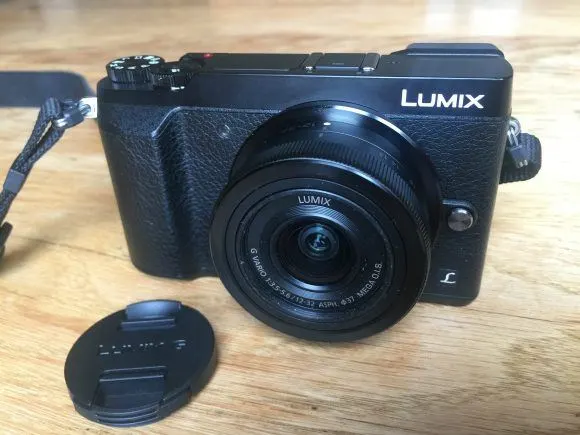
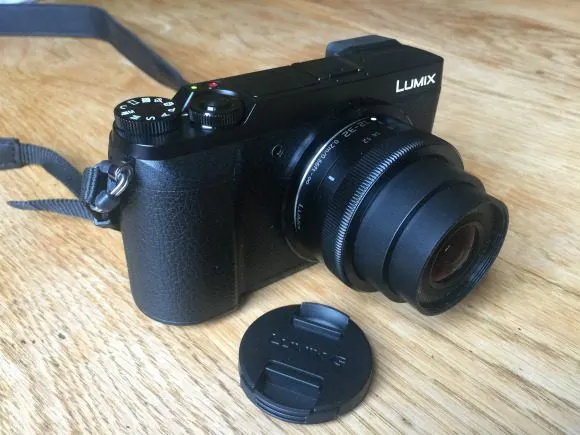
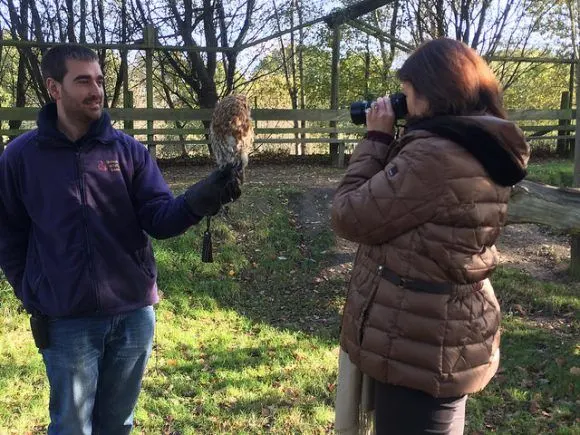
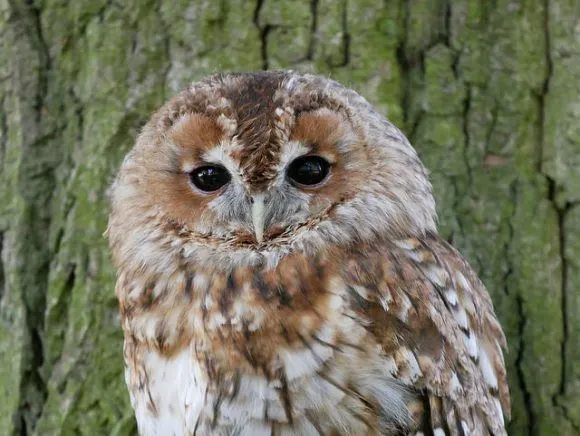
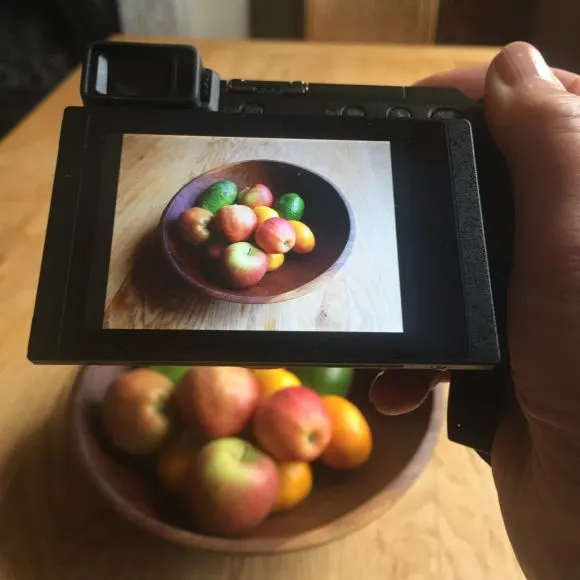



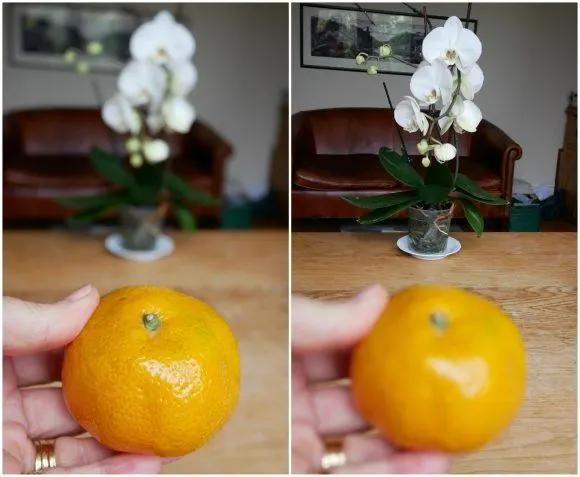
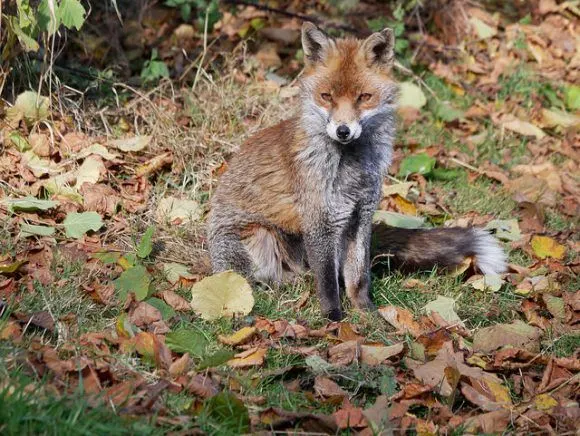
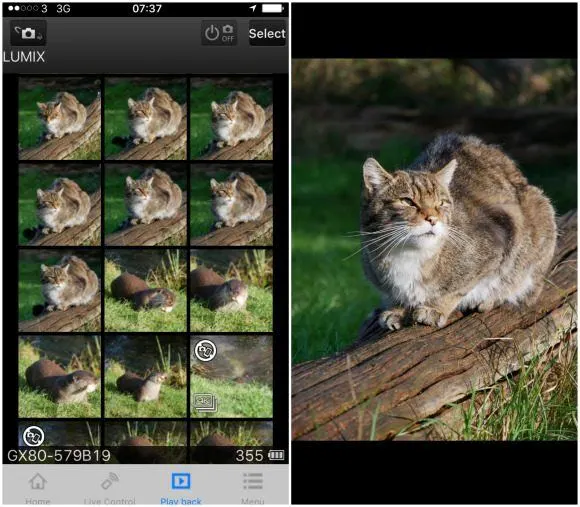
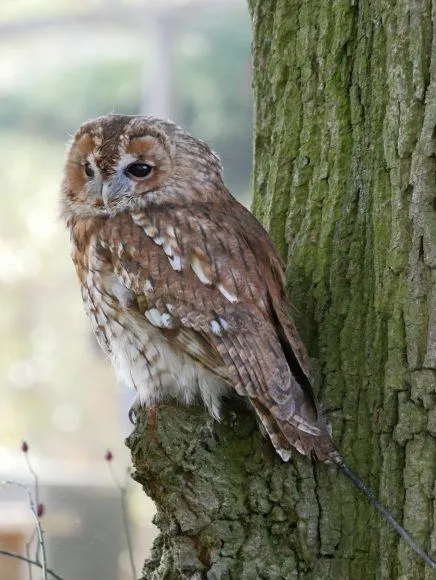

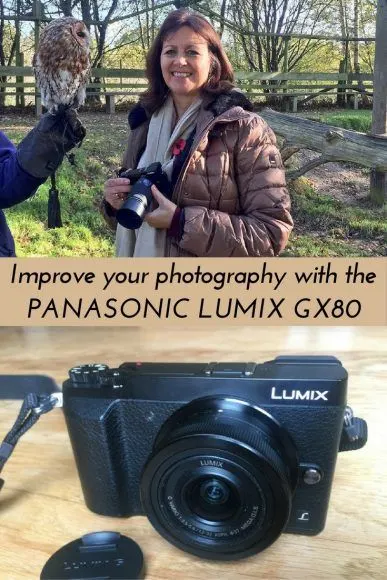

Graham Bradley
Saturday 24th of November 2018
Hi Heather What a great personal travel website ! Must take up all your time apart from the travelling of course. I only found it today because I have just ordered the Panasonic GX80 and was deep scrolling through some Google pages and found your review of it. My present camera is a Canon Powershot G5X but this looks a step up or two. I have ordered a 12-60mm Leica lens (effective focal length 24-120mm) as well and as a keen travel photographer am itching to try it out as soon as it arrives next week. All the best Graham Bradley
Heather Cowper
Sunday 25th of November 2018
@Graham So pleased to have been of help
Suzanne - Travelbunny
Friday 25th of November 2016
Fab photos Heather - I especially like the shot of the otter. I'm looking for a more lightweight camera for my travels and this seems to tick a lot of boxes...
Lini Antony
Monday 21st of November 2016
Awesome photos. Killer photos. Panasonic Lumix GX 80 is worth to buy. Thanks for the post.
Sonali Chauhan
Monday 21st of November 2016
Thnaks for sharing the right info to better understand tips & improve photography. I do see your amazing clicks in this post. These are lovely clicks & thanks for sharing this info.
tim
Monday 21st of November 2016
Hi Heather - great post! I have a lumix point and shoot camera. Crazy as it sounds, my iphone 6 takes better photos and is easier to use. Do you ever prefer you iphone over your Lumix Gx80?
Heather Cowper
Monday 21st of November 2016
@Tim I tend to use iPhone for social media and my other camera for higher quality blog photos - now that I have the GX80 with wifi I have the best of all worlds so hope I'll be posting higher quality social media photos taken with it.